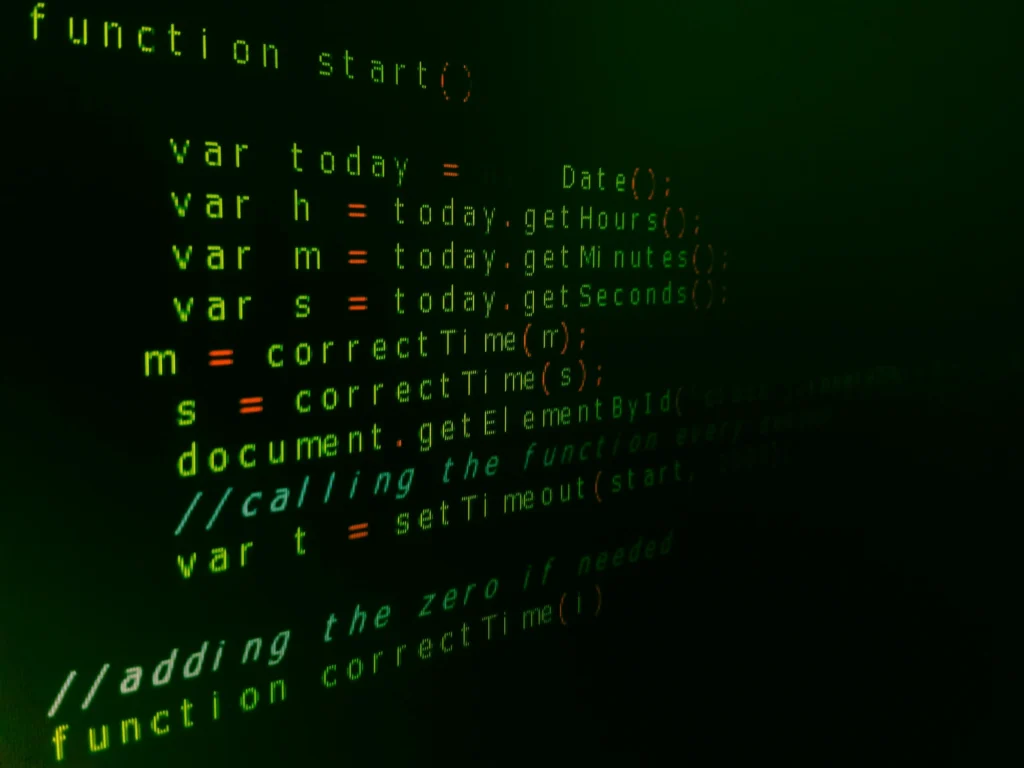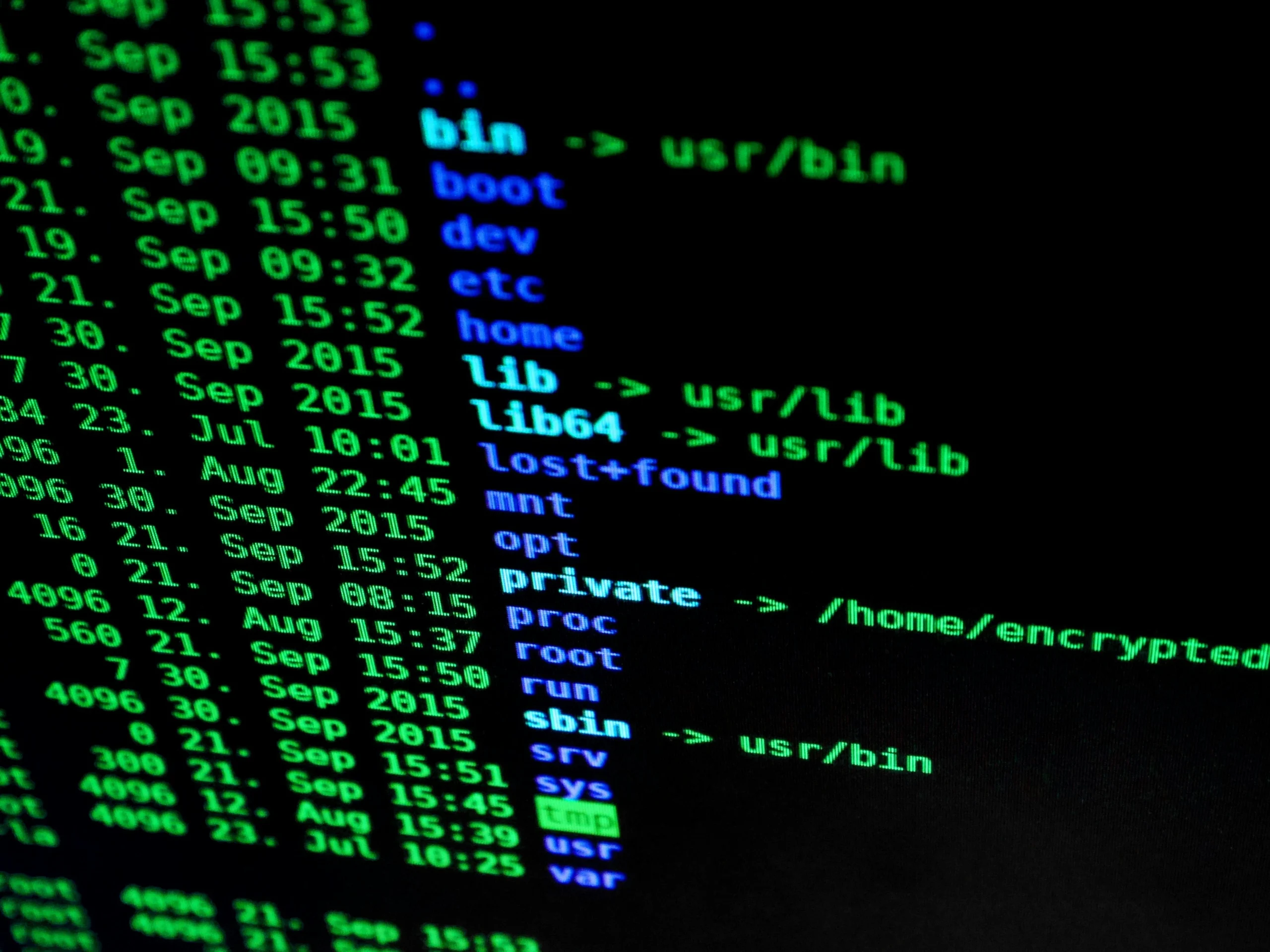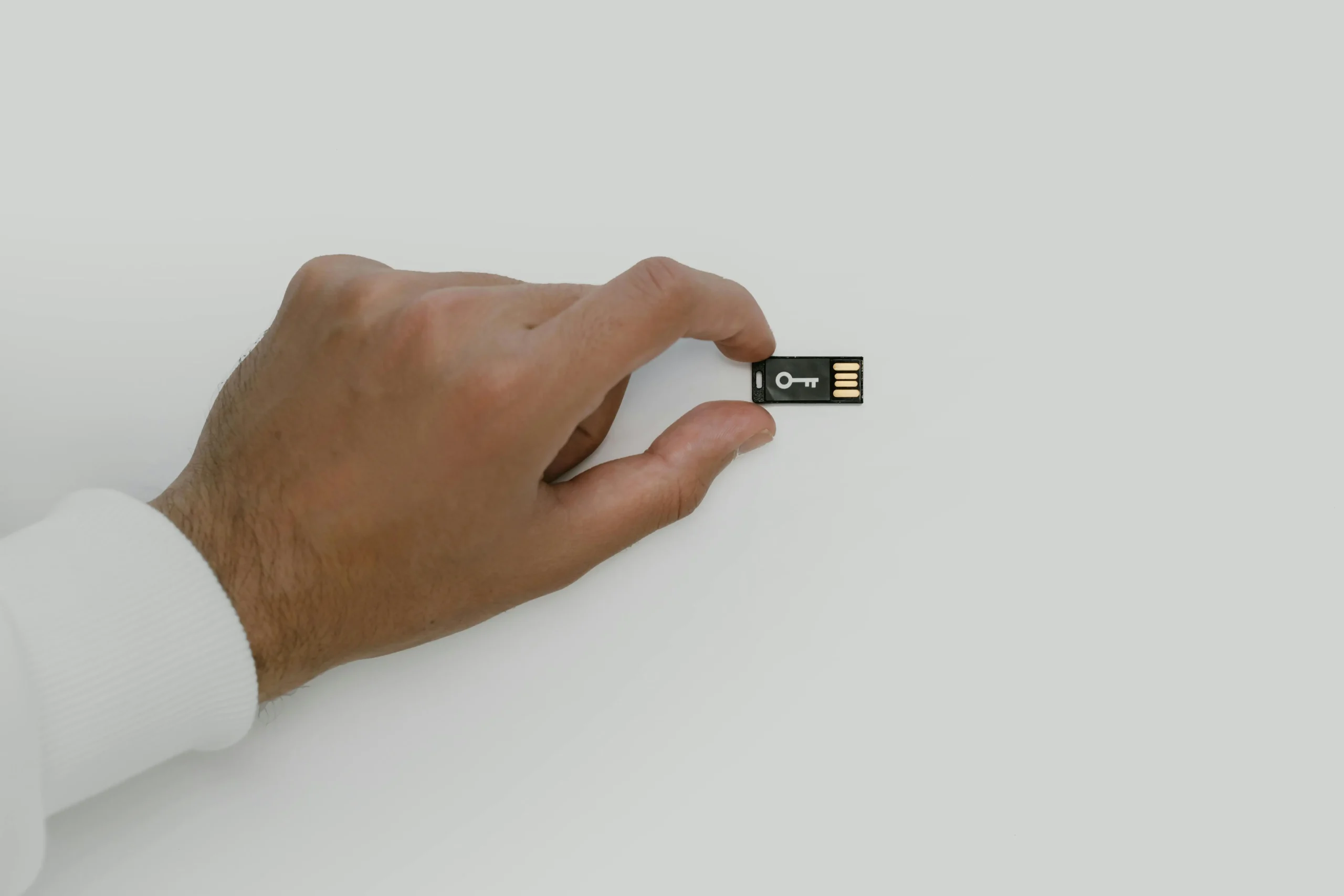The Phoenix attack represents a notable advancement in exploiting vulnerabilities within DDR5 technology. By leveraging a well-known Rowhammer technique, researchers demonstrated their ability to manipulate memory states swiftly, allowing for root access in less than two minutes. This expedited method poses a serious threat to devices reliant on DDR5, which are becoming increasingly common in cutting-edge computing environments.
The implications of this vulnerability are profound, particularly as DDR5 memory becomes the standard in both consumer and enterprise hardware. Attackers can potentially exploit this method to gain unauthorized control over systems, leading to data breaches and loss of sensitive information. As organizations rush to adopt DDR5 technology, it is imperative to prioritize security measures that can mitigate such attacks and ensure the integrity of user data.
👉 Pročitaj original: SecurityWeek





